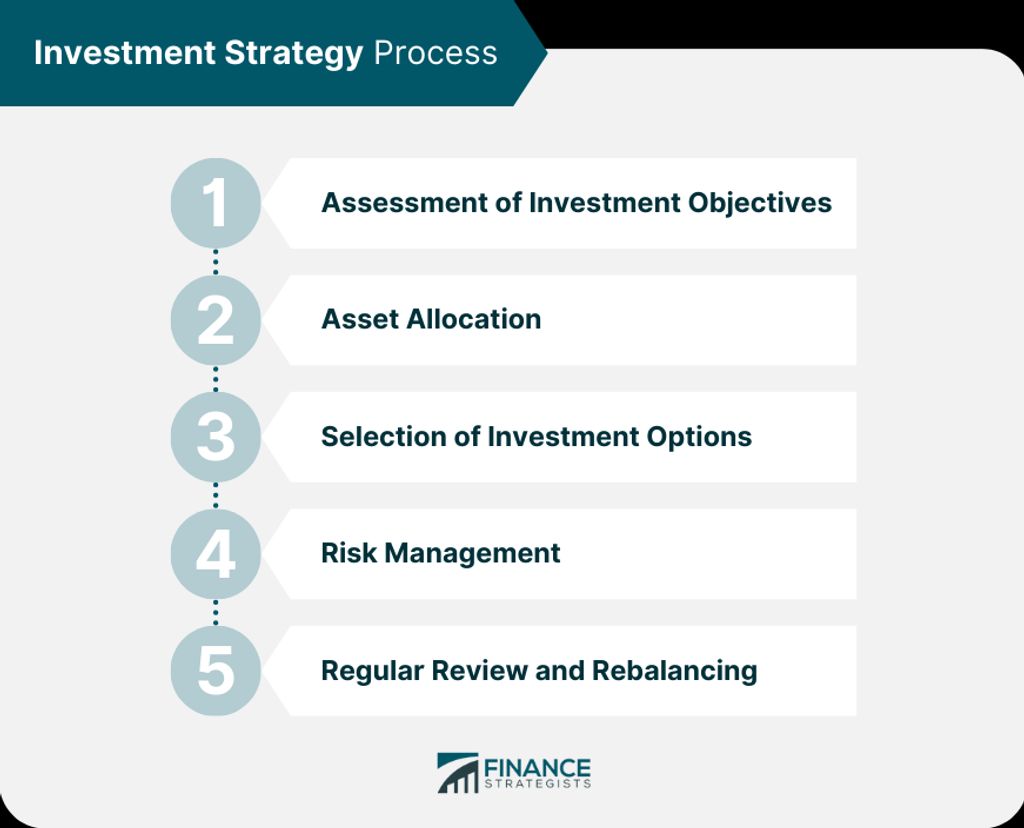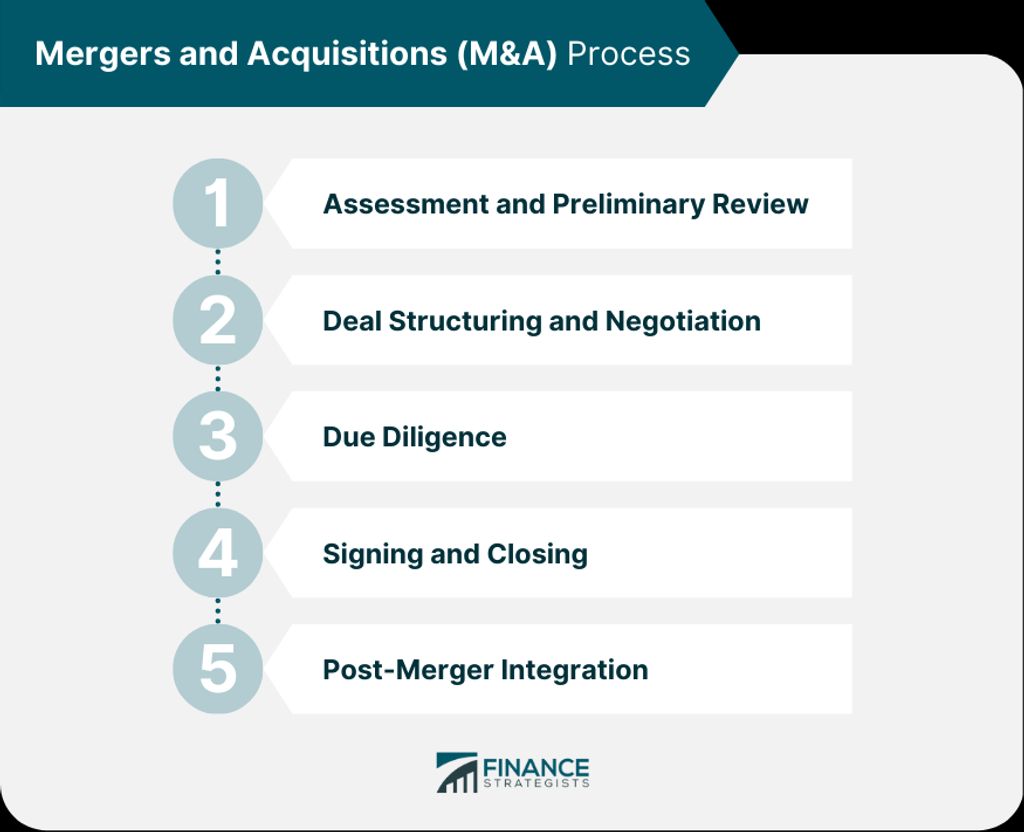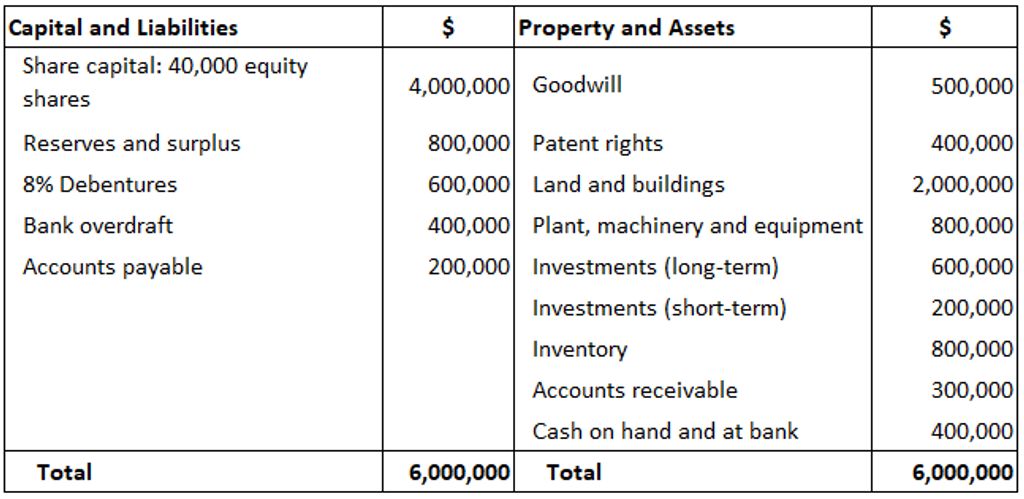Investment accounting plays a crucial role in managing and evaluating the financial performance of investments. It involves recording, classifying, and reporting investment transactions and positions. By implementing effective investment accounting strategies, investors can make informed decisions, mitigate risks, and maximize returns. In this article, we will explore various investment accounting strategies, discuss key principles and challenges in investment accounting, and highlight emerging trends in the field.
Key Takeaways
- Understanding the basics of investment accounting is essential for successful financial management.
- Successful investment accounting requires adherence to key principles such as accuracy, transparency, and consistency.
- Common challenges in investment accounting include valuation issues, complex financial instruments, and regulatory compliance.
- Different investment accounting strategies, such as value investing, growth investing, income investing, index investing, and contrarian investing, offer unique approaches to generating returns.
- Implementing effective investment accounting practices involves developing robust accounting systems, implementing risk management strategies, leveraging technology, and ensuring compliance and transparency.
The Importance of Investment Accounting

Understanding the Basics of Investment Accounting
Investment accounting is a crucial aspect of managing financial portfolios. It involves tracking and reporting the performance of investments, ensuring accuracy and transparency. By understanding the basics of investment accounting, investors can make informed decisions and optimize their investment strategies.
One key objective of investment accounting is to streamline the process of tracking and managing investments. This involves implementing efficient systems and procedures that minimize errors and save time. By automating repetitive tasks and utilizing technology, investors can focus on analyzing data and making strategic decisions.
To achieve this, investors can leverage software solutions that offer comprehensive investment accounting functionalities. These platforms provide real-time data updates, portfolio analysis tools, and customizable reporting features. By centralizing investment data and streamlining workflows, investors can gain a holistic view of their portfolios and make data-driven decisions.
In addition to software solutions, investors can also benefit from partnering with investment accounting professionals. These experts have in-depth knowledge of investment accounting principles and can provide valuable insights and guidance. They can help investors navigate complex regulations, optimize tax strategies, and ensure compliance with accounting standards.
By understanding the basics of investment accounting and implementing efficient processes, investors can effectively manage their portfolios and maximize returns. Whether it’s tracking performance, analyzing risk, or optimizing tax strategies, investment accounting plays a crucial role in achieving financial goals.
Key Principles for Successful Investment Accounting
Successful investment accounting requires a deep understanding of the fundamental principles that guide this complex discipline. By adhering to these principles, investment accountants can ensure accurate and reliable financial reporting. Here are some key principles to keep in mind:
-
Transparency: Maintaining transparency in investment accounting is crucial for building trust with stakeholders. By providing clear and comprehensive information, investment accountants can help investors make informed decisions.
-
Consistency: Consistency is essential in investment accounting to ensure comparability and reliability of financial statements over time. By following consistent accounting practices, investment accountants can facilitate meaningful analysis and evaluation.
-
Accuracy: Accuracy is paramount in investment accounting to avoid misrepresentation of financial data. By diligently recording and verifying transactions, investment accountants can provide reliable information for decision-making.
Tip: Regularly review and reconcile investment portfolios to ensure accuracy and identify any discrepancies.
-
Compliance: Compliance with regulatory requirements is a fundamental principle of investment accounting. By staying up-to-date with applicable laws and regulations, investment accountants can mitigate risks and maintain legal and ethical standards.
-
Timeliness: Timeliness is crucial in investment accounting to provide timely and relevant information to stakeholders. By adhering to reporting deadlines and promptly addressing any issues, investment accountants can support effective decision-making.
Remember, these principles serve as a foundation for successful investment accounting and should guide your practices and decision-making process.
Common Challenges in Investment Accounting
Investment accounting can be a complex and challenging process. It requires a deep understanding of financial markets, regulatory requirements, and the ability to accurately track and report on investment activities. One of the key challenges in investment accounting is developing an effective investment strategy. A well-defined investment strategy is essential for achieving long-term financial goals and maximizing returns. However, with so many different investment options available, it can be difficult to determine the best approach.
To overcome this challenge, it is important to conduct thorough research and analysis. This includes evaluating different investment opportunities, assessing risk levels, and considering the potential returns. It is also crucial to regularly review and adjust the investment strategy based on market conditions and changing financial goals.
In addition to developing a solid investment strategy, another challenge in investment accounting is managing the complexity of investment portfolios. As portfolios grow and diversify, it becomes increasingly difficult to accurately track and report on individual investments. This can lead to errors and discrepancies in financial statements, which can have serious consequences for investors and regulatory compliance.
To address this challenge, investment accounting professionals can leverage technology solutions that automate portfolio management and reporting processes. These solutions provide real-time visibility into investment performance, streamline data collection and analysis, and ensure accurate and timely reporting. By implementing these tools, investment accounting teams can improve efficiency, reduce errors, and enhance overall portfolio management.
In conclusion, investment accounting comes with its fair share of challenges. Developing a robust investment strategy and effectively managing complex portfolios are key areas that require careful attention. By conducting thorough research, leveraging technology solutions, and regularly reviewing and adjusting strategies, investment accounting professionals can navigate these challenges and achieve success in their financial endeavors.
Exploring Different Investment Accounting Strategies

Value Investing: Uncovering Hidden Gems
Value investing is a strategy that focuses on finding undervalued stocks in the market. The goal is to identify companies that are trading at a price lower than their intrinsic value, providing an opportunity for long-term growth and capital appreciation.
One approach to value investing is to analyze a company’s financial statements, looking for indicators such as a low price-to-earnings ratio, high dividend yield, or a strong balance sheet. These factors can help investors uncover hidden gems that may be overlooked by the broader market.
To assist in the evaluation process, value investors often use quantitative models to screen for potential investment opportunities. These models consider various financial metrics and ratios to identify stocks that meet specific criteria.
In addition to financial analysis, value investors also consider qualitative factors such as the company’s competitive advantage, management team, and industry trends. This holistic approach helps investors make informed decisions and uncover hidden gems in the market.
Key considerations for value investing:
- Conduct thorough research and analysis of a company’s financials
- Look for companies with a strong competitive position
- Consider the long-term potential for growth and capital appreciation
- Diversify your portfolio to manage risk
Remember, value investing requires patience and discipline. It’s about identifying opportunities that others may have overlooked and taking advantage of them for long-term success.
Growth Investing: Riding the Wave of Innovation
Growth investing is a dynamic investment strategy that focuses on capitalizing on companies that are experiencing rapid growth and innovation. This strategy involves identifying companies with strong potential for future growth and investing in their stocks. By riding the wave of innovation, growth investors aim to generate substantial returns over the long term.
One key aspect of growth investing is the emphasis on investing in companies that are at the forefront of technological advancements and disruptive trends. These companies often have innovative products or services that have the potential to revolutionize industries. By investing in these companies, growth investors can benefit from their success and the resulting increase in stock value.
To implement a successful growth investing strategy, investors need to conduct thorough research and analysis. They need to identify companies with a proven track record of growth and a solid business model. Additionally, it is important to consider the valuation of the stocks to ensure they are not overpriced.
Tips for Growth Investing:
- Stay updated on the latest industry trends and technological advancements.
- Diversify your portfolio to mitigate risk.
- Regularly review and adjust your investment strategy based on market conditions.
Growth investing can be a rewarding strategy for investors who are willing to take on higher levels of risk in exchange for the potential for significant returns. However, it is important to carefully evaluate investment opportunities and make informed decisions based on thorough analysis and research.
Income Investing: Generating Stable Returns
Income investing is a strategy that focuses on generating stable returns through investments that provide a regular income stream. This approach is particularly appealing to investors who prioritize consistent cash flow and are looking for a more predictable and low-risk investment option.
One popular method of income investing is through dividend stocks, which are shares of companies that distribute a portion of their profits to shareholders. Dividend stocks can provide a reliable source of income, especially when reinvested to compound returns over time.
Another avenue for income investing is bonds, which are debt securities issued by governments, municipalities, or corporations. Bonds typically pay interest to investors at regular intervals, offering a steady income stream.
To effectively implement an income investing strategy, investors should consider diversifying their portfolio by investing in a mix of dividend stocks, bonds, and other income-generating assets. This diversification helps to spread risk and enhance the potential for stable returns.
In summary, income investing is a strategy that offers investors the opportunity to generate stable returns through investments that provide a regular income stream. By focusing on dividend stocks, bonds, and other income-generating assets, investors can build a portfolio that prioritizes consistent cash flow and offers a more predictable and low-risk investment option.
Index Investing: Harnessing the Power of the Market
Index investing is a strategy that involves tracking a specific market index rather than trying to pick individual stocks. By investing in an index fund, investors can diversify their portfolio and gain exposure to a wide range of companies within a particular market. This approach allows investors to harness the power of the market as a whole, rather than relying on the performance of a few select stocks.
One of the key advantages of index investing is its low cost. Since index funds aim to replicate the performance of a specific index, they typically have lower fees compared to actively managed funds. This can be particularly beneficial for long-term investors who want to minimize costs and maximize their returns.
Another benefit of index investing is its simplicity. Investors do not need to spend time researching and analyzing individual stocks. Instead, they can simply invest in an index fund and let the market do the work. This makes index investing a passive strategy that is suitable for investors who prefer a hands-off approach.
In summary, index investing is a strategy that allows investors to diversify their portfolio, minimize costs, and take advantage of the overall performance of the market. Whether you’re a seasoned investor or just starting out, index investing can be a valuable tool in your investment accounting arsenal.
Contrarian Investing: Profiting from Market Misconceptions
Contrarian investing is a strategy that involves going against the crowd and taking positions that are contrary to popular belief. It is about identifying opportunities where the market has misunderstood or undervalued certain assets. By doing so, investors can potentially profit from the market’s misconceptions and earn significant returns.
Contrarian investors often look for assets that are out of favor or facing negative sentiment. They believe that the market tends to overreact to news and events, creating opportunities for those who are willing to take a different stance. This strategy requires a deep understanding of the underlying fundamentals of the assets and the ability to identify when the market’s perception is misaligned with reality.
Contrarian investing can be applied to various asset classes, including stocks, bonds, commodities, and even traditional real estate structure. By taking a contrarian approach, investors can potentially buy assets at a lower price than their intrinsic value, leading to potential long-term gains.
Contrarian investing is not without its risks. It requires patience and conviction to hold onto positions that may initially be unpopular. However, for those who are willing to do their research and have a contrarian mindset, this strategy can offer unique opportunities to outperform the market.
Implementing Effective Investment Accounting Practices

Developing a Robust Investment Accounting System
Developing a robust investment accounting system is crucial for accurately tracking and managing investments. It involves implementing processes and controls that ensure transparency, accuracy, and efficiency in recording and reporting financial data. By establishing a solid foundation for investment accounting, organizations can make informed decisions and effectively monitor their investment portfolios.
Risk Management Strategies for Investment Accounting
Effective risk management is crucial in investment accounting to protect the value of equity securities and ensure the financial stability of an organization. By implementing robust risk management strategies, investment accountants can mitigate potential losses and maximize returns. Here are some key strategies to consider:
-
Diversification: Spreading investments across different asset classes and sectors can help reduce the impact of market volatility and minimize the risk associated with individual securities.
-
Regular Monitoring: Continuous monitoring of investment portfolios is essential to identify any potential risks or deviations from the investment objectives. This allows for timely adjustments and proactive decision-making.
-
Stress Testing: Conducting stress tests on investment portfolios helps assess their resilience to adverse market conditions. By simulating various scenarios, investment accountants can evaluate the potential impact on the portfolio’s performance.
Tip: Regularly review and update risk management policies and procedures to adapt to changing market conditions and regulatory requirements.
-
Risk Mitigation Strategies: Implementing hedging strategies, such as options or futures contracts, can help protect against potential downside risks and limit losses.
-
Compliance and Regulatory Oversight: Adhering to regulatory guidelines and ensuring compliance with accounting standards is essential for maintaining transparency and trust in investment accounting.
By incorporating these risk management strategies, investment accountants can navigate the complexities of the financial markets and safeguard the value of equity securities.
Leveraging Technology for Efficient Investment Accounting
In today’s digital age, leveraging technology is crucial for efficient investment accounting. Automation is one of the key aspects that technology brings to the table. By automating repetitive tasks such as data entry and reconciliation, investment accountants can save valuable time and reduce the risk of errors. This allows them to focus on more strategic activities that require critical thinking and analysis.
Another important technology tool for investment accounting is data analytics. With the vast amount of financial data available, investment accountants can use data analytics to gain valuable insights and make informed decisions. By analyzing historical trends, identifying patterns, and predicting future outcomes, investment accountants can optimize their investment strategies and maximize returns.
To effectively leverage technology, investment accountants should consider implementing a cloud-based accounting system. This allows for real-time access to financial data from anywhere, facilitating collaboration and improving efficiency. Additionally, cloud-based systems often come with built-in security measures to protect sensitive financial information.
In summary, technology plays a vital role in streamlining investment accounting processes. By embracing automation, utilizing data analytics, and adopting cloud-based systems, investment accountants can enhance efficiency, accuracy, and decision-making capabilities.
Ensuring Compliance and Transparency in Investment Accounting
In the world of investment accounting, compliance and transparency are of utmost importance. It is essential for investment firms to adhere to regulatory requirements and maintain a high level of transparency to build trust with investors.
To ensure compliance and transparency, investment firms can take several measures:
-
Regular audits: Conducting regular audits helps identify any discrepancies or potential issues in the accounting process. It provides an opportunity to rectify any errors and ensure accuracy in financial reporting.
-
Internal controls: Implementing robust internal controls is crucial for preventing fraud and ensuring the accuracy of financial records. This includes segregation of duties, proper authorization processes, and regular monitoring of transactions.
Tip: Establishing a strong control environment is essential for maintaining compliance and transparency in investment accounting.
-
Disclosure requirements: Investment firms must comply with disclosure requirements set by regulatory bodies. This includes providing accurate and timely information to investors regarding investment strategies, risks, and performance.
-
Ethical standards: Adhering to ethical standards is vital for maintaining transparency in investment accounting. Investment firms should have a code of conduct that promotes integrity, honesty, and fair dealing.
By implementing these measures, investment firms can ensure compliance with regulations and maintain transparency, which ultimately builds trust and confidence among investors.
The Future of Investment Accounting

Emerging Trends in Investment Accounting
As the investment landscape continues to evolve, there are several emerging trends that are shaping the future of investment accounting. One of these trends is the increasing focus on middle market companies. These companies, which are neither large corporations nor small startups, are often overlooked by traditional investment strategies. However, they offer unique opportunities for investors who are willing to dig deeper and uncover hidden gems. By investing in middle market companies, investors can potentially benefit from their growth potential and tap into new markets.
The Role of Artificial Intelligence in Investment Accounting
Artificial Intelligence (AI) is revolutionizing the field of investment accounting. With its ability to analyze vast amounts of data and identify patterns, AI is transforming the way investment portfolios are managed. AI-powered algorithms can quickly and accurately process financial information, making it easier for investment accountants to track and analyze the performance of various assets.
AI can also help investment accountants identify potential risks and opportunities. By analyzing market trends and historical data, AI algorithms can predict market movements and help investment accountants make informed decisions. This can be particularly useful in hedge portfolios, where the goal is to minimize risk and maximize returns.
In addition to risk management, AI can also assist in portfolio optimization. By analyzing historical data and market trends, AI algorithms can identify the optimal allocation of assets to maximize returns while minimizing risk. This can help investment accountants create well-diversified portfolios that are tailored to meet specific investment objectives.
Overall, the role of AI in investment accounting is to enhance efficiency, accuracy, and decision-making. By leveraging AI technology, investment accountants can streamline their processes, reduce manual errors, and make more informed investment decisions.
Sustainable Investing: Balancing Profit and Purpose
Sustainable investing is a growing trend in the world of finance. It involves aligning your investment decisions with your values and beliefs, while also seeking financial returns. This approach recognizes that profit and purpose can go hand in hand, and that investing in companies that prioritize environmental, social, and governance (ESG) factors can lead to positive outcomes for both the planet and your portfolio.
When it comes to sustainable investing, there are several strategies you can consider. One approach is to focus on companies that are leaders in their industry when it comes to sustainability. These companies may have innovative solutions to environmental challenges or may be actively working to reduce their carbon footprint. By investing in these companies, you can support their efforts while also potentially benefiting from their long-term success.
Another strategy is to invest in funds that have a specific focus on sustainable investing. These funds may have a diverse portfolio of companies that meet certain ESG criteria. By investing in these funds, you can gain exposure to a range of sustainable companies without having to research and select individual stocks.
It’s important to note that sustainable investing is not just limited to equities. There are also opportunities to invest in sustainable bonds, real estate, and other asset classes. For example, real estate investments can provide stable returns while also offering the potential for positive social and environmental impact. By investing in properties that prioritize energy efficiency and sustainable design, you can contribute to the transition to a more sustainable built environment.
In conclusion, sustainable investing allows you to make a positive impact while also potentially achieving financial success. By aligning your investments with your values, you can support companies that are working towards a more sustainable future. Whether you choose to focus on sustainable leaders, invest in sustainable funds, or explore other asset classes, there are plenty of opportunities to balance profit and purpose in your investment strategy.
Conclusion
In conclusion, exploring investment accounting strategies is crucial for individuals and businesses looking to maximize their financial returns. By understanding the various strategies available, such as value investing, growth investing, and income investing, investors can make informed decisions that align with their goals and risk tolerance. Additionally, staying updated on market trends and seeking professional advice can further enhance investment success. Remember, investing is a journey, and it requires continuous learning and adaptation. So, embrace the world of investment accounting and embark on a path towards financial prosperity!



